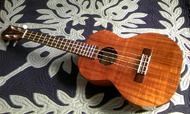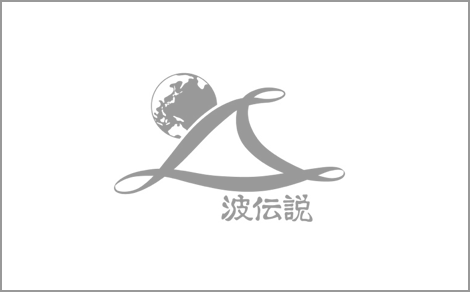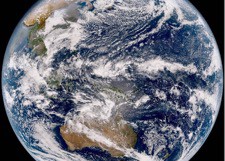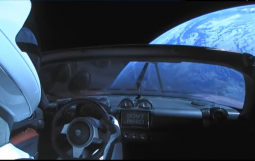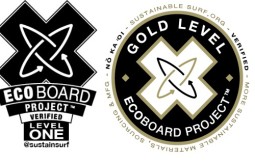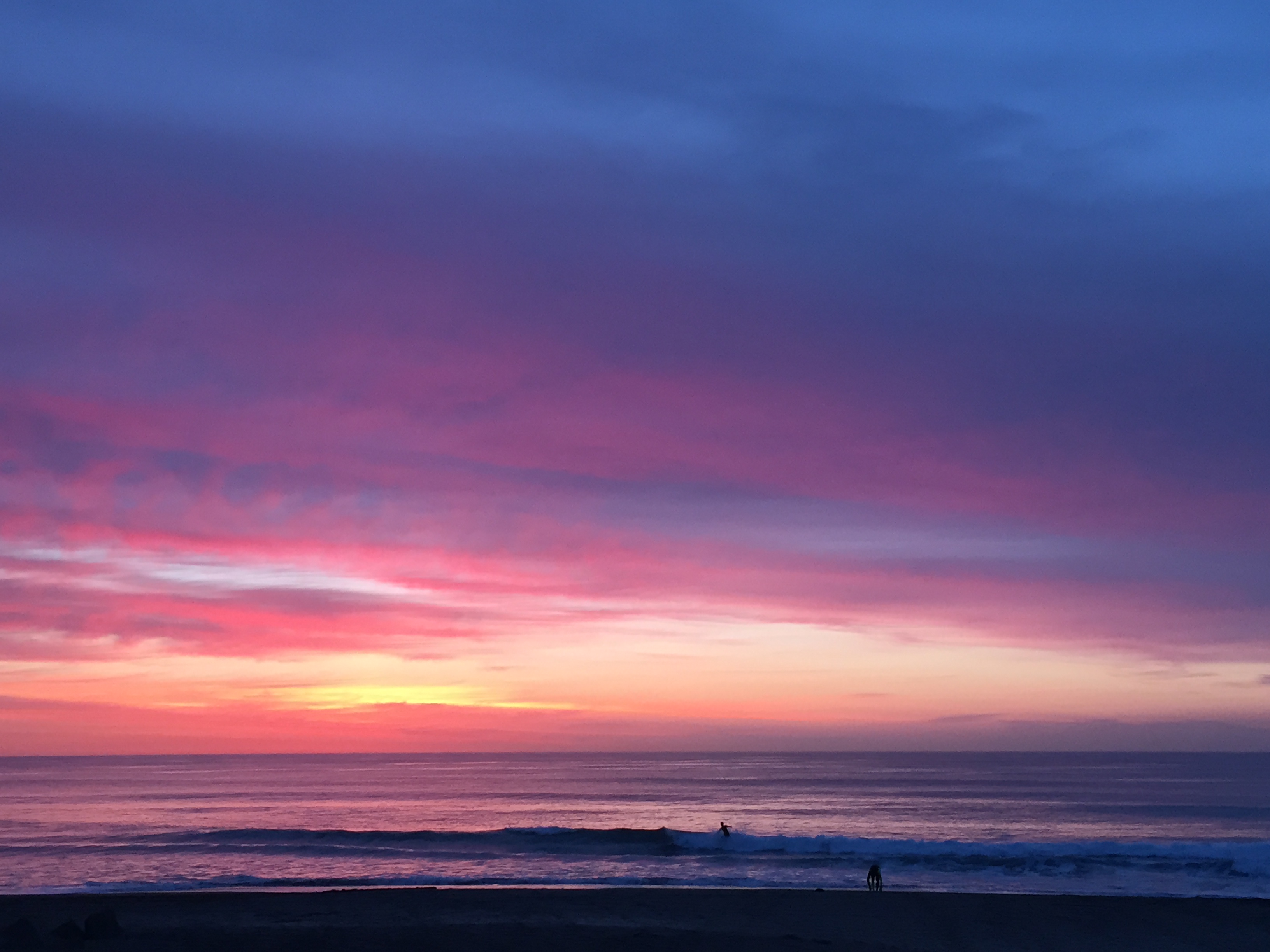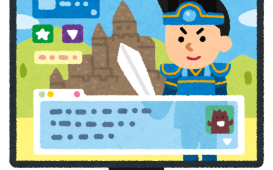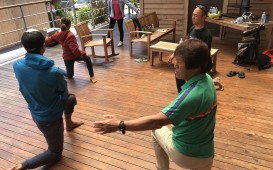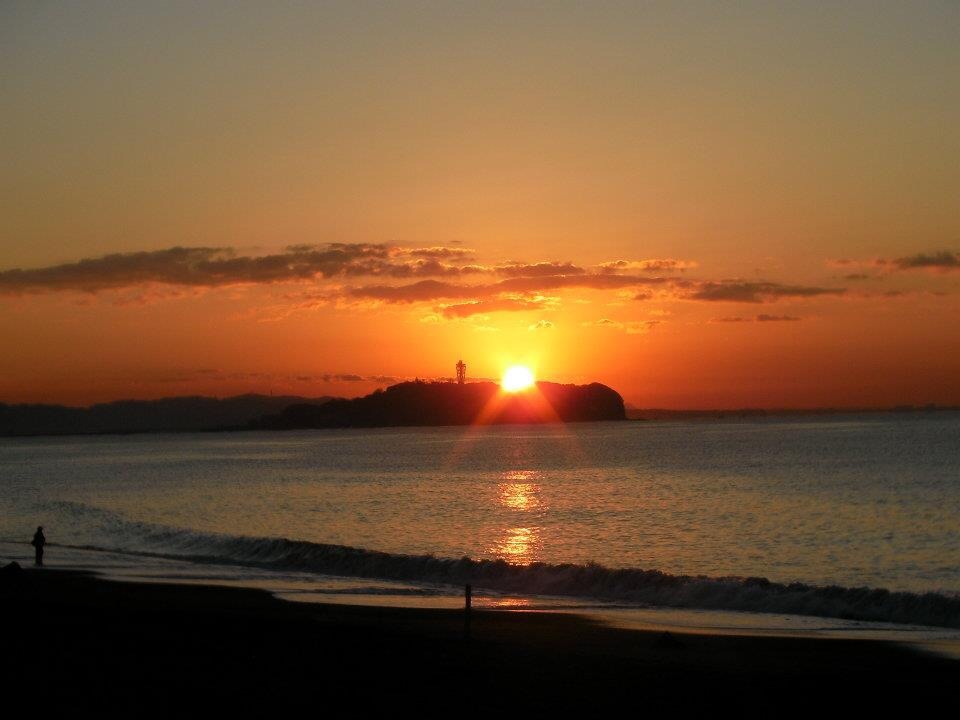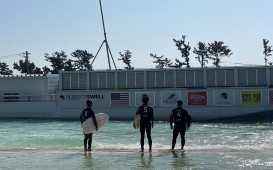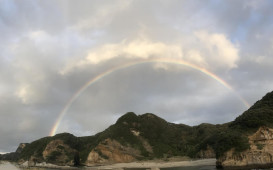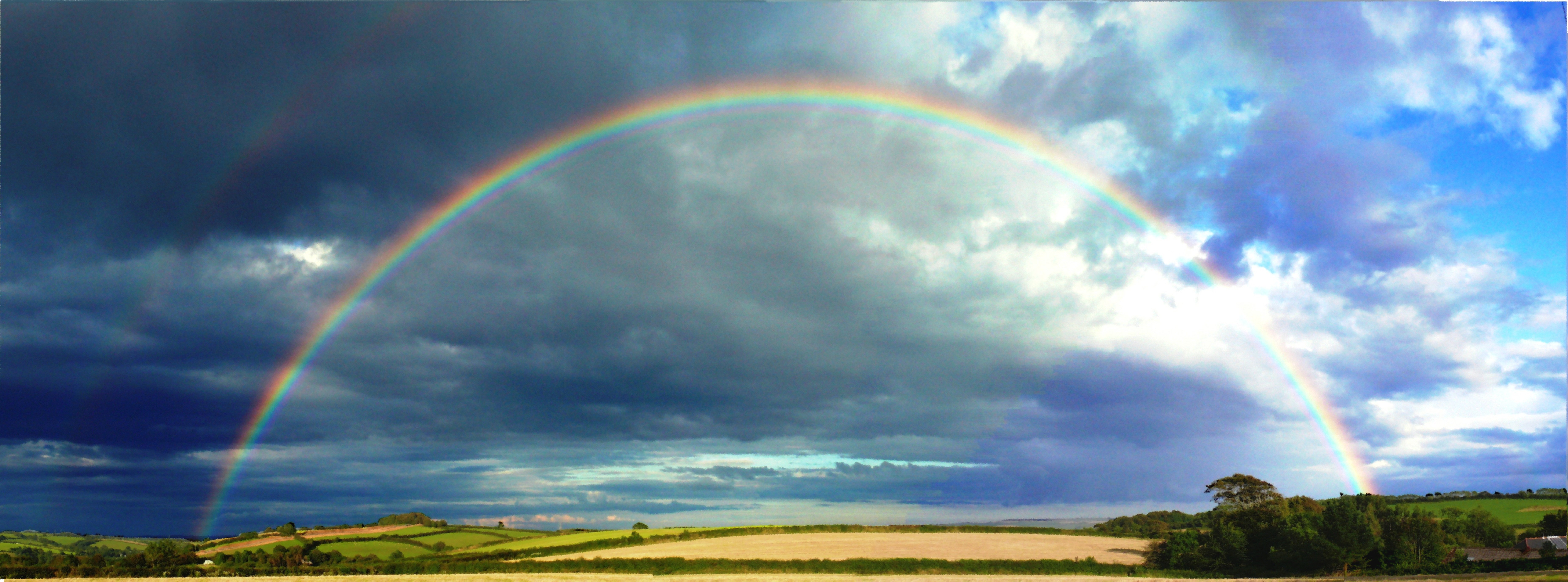
みんな、元気?最近、僕の好きだったハワイのラジオ局をインターネット経由で聞くようになったんだ。そのラジオ局は、ほとんどがハワイアンレゲエ、アイランドミュージックがかかるんだ。今、人気のある曲の1つであるKimieが歌う「Bottom of the Rainbow」、この歌は、ハワイの生活で直面することを思い出させてくれる。ハワイは、生活するにはとても美しい所だけど、多くのハワイアンは贅沢する余裕なんてないんだ。でも、そこに怒りをぶつける代わりに、シンプルな楽しみを探すんだ。今回は、レゲエとハワイアンが抱く苦しみの関係を説明してみるよ。
レゲエやロックは、70年代後半から80年代に育った僕にとってよく聞いた音楽。この間に、ハワイの文化を見直そうとする、「第二次ハワイアンルネッサンス」と呼ばれる激しい変化が起こったんだ。ハワイ語、混成語、フラ、伝統技術、教育を復活させることに関心が高まった時期だった。
メリーモナークフェスティバルの開催、 カホオラヴェ島の爆撃問題(Protect Kaho’olawe ‘Ohana)、ワイアホレ・ワイカネの水利権問題、カラマ渓谷の開発、原住民の漁をめぐる権利問題、ハワイ島の地熱発電論争が起こり、ポリネシア航海協会の発足とホクレア号による探検が始まった時期でもあった。
レゲエに根付くラスタファリ信仰は、ジャマイカ人が植民地支配から独立した後すぐに現れたもので、圧迫が続くことに訴えかけるものだった。(ハワイアンとグレートマヘレの関係に似ている。※1)
だから、ジャマイカ人と同じような境遇を持つハワイアンが、レゲエを聴くのはごく自然のことだったんだね。
音楽の話に戻ると、ボブ・マーリーやピーター・トッシュ、ジミー・クリフ、バーニング・スピアーなど、ほとんどがジャマイカ人で、スティール・パルス、UB40などのイギリス人は少なかった。
地元ハワイのミュージシャンたちは、ハワイを題材に歌う「ジャワイアン」と呼ばれる新たな音楽を作った。ブラダ・ウォルターは”Hawaiian Lands “、 ブッチ・ヘレマノは“Wave Rider”を、そしてカアウ・クレーター・ボーイズは、それら全てをカバーしたんだ。
90年代に入ると、フィジー、マナオカンパニー、イズラエル・カマカヴィヴォオレなど「アイランドスタイル」で知られる新しい世代がでてきた。2000年に入ると、イギリス、ヴァージン諸島、ニュージーランドにも枝分かれし、そこからはSOJAや Katchafireなどのグループもでて、この音楽は「アイランドミュージック」と名づけられたんだ。最近では、The Green, J Boog Kimie, Rebel Souljahz, Kolohe Kaiなどのアーティストが、ビルボードTOP100にも入るようになってきているんだよ。
現在のハワイ文化は、堅実に復活している。70年代にいたようなクレイジーな過激派に代わり、島を守る者をより多く見かけるようになった。良い例としては、マウナケア山に新しい天体観測望遠鏡を設置させる開発から防いだことがあった。※2
数年前にも、“Keep the country, country”というスローガンを掲げ、オアフ・ノースショアの開発を防止させたことがあり、たくさんのプロサーファーたちも後援していたんだ。でも、変わらない現実は、たくさんのハワイアンは今でも貧しい生活を送っているということ。ハワイ州は、アメリカ合衆国の中でも6番目に貧しいと位置づけられている。低所得なのに州の中で2番目に高い税金の負担があるんだ。家賃も高くホームレスも多い。8人に1人はまともに食べることができず、ライフライン、薬、住居の中でどれをとるか選ばなければならない。
ハワイの4人家族の年収がトータルで27,950ドル(日本円で約300万円)に満たないならば、貧困だと考えられている。専門家は、これは最低限の金額であり、まともに生活するには実際のところ少なくともその倍の55,900ドルが必要だと言っている。
時給が最低8ドル50セントとして、月に160時間働いても、その月の給料は1360ドル(日本円で約15万円弱)、年間で16320ドル(日本円で180万円弱)となり、貧困の水準を下回る。ポーター、ウェイター、運転手などのサービス業の人たちのほとんどは、増える支出を最低賃金でまかなうことができず、チップに頼っているんだ。
悲しい現実は、シンプルな解決策がないということ。観光業は、他のどの国においても、コストが増える一方で、低い給与体系なんだ。
僕の家族は、教育熱心で社会的地位を上げてくれたけど、僕はまだまだ労働者階級。ハワイに戻るならば、日本よりも倍の仕事や稼ぎが必要になる。僕のようにハワイに育ってどこかへ移り住んだ人だったら、ハワイはコスト地獄だということを知っている。だから、家族や友達と近くにいる代わりに、遠く離れて生活することを我慢することができるんだ。
もしもあなたがハワイに行って誰かにチップを渡す状況に出くわした時、もしもその人があなたが望むサービスをしなければ、もちろんチップを弾む必要はない。でも、もしもその人からアロハの気持ちを受け取ったならば、是非ともチップを弾んでほしい。その人の生活を変えることはないかもしれないけど、強力なアロハ精神は、「Bottom of the Rainbow」、虹の根本での生活をより良いものにしてくれるんだ。
さあ、この夏は街へ海へと出かけよう!もちろん、近所のサーフショップ、マリンショップのサポートも忘れずに。(たまにはチップを渡すのもアリかな!?)・・・それではまた次回。”A hui hou…Malama Pono!!!(ハワイ語で、また会うときまで元気でね!!!)
※1 1848年、カメハメハ3世の時代に制定された土地私有制度。
※2 宇宙に一番近い場所と呼ばれ、世界で最も天体観測に適した場所。
(原文)
Howzit…Howzit…Recently I have been starting to listen to my favorite radio station in Hawaii again which plays mostly Hawaiian reggae and Island music. A popular song now by Kimie, “Bottom of the Rainbow” brings back memories of a life that a lot of Hawaiians are faced with living in Hawaii, living in a beautiful place but not being able to afford the luxuries. And instead of being mad, finding and enjoying simple things to find happiness. This article tries to explain the connection of Reggae and the plight of Hawaiians.
Reggae and Rock music was the type of music mostly heard while growing up for me in the late 70’s and 80’s. During that time there were radical changes going on, now known as the Second Hawaiian Renaissance, to re-center the Hawaiian Culture. A period with renewed interest in the Hawaiian language, Pidgin, Hula, traditional crafts, and Hawaiian Studies. The establishing of the Merrie Monarch Festival, land struggles on Kaho’olawe (Protect Kaho’olawe ‘Ohana) to stop military bombing, water rights in Waiahole/Waikane, development in Kalama Valley, Native Hawaiian fishing and gathering rights, Big Island Geothermal controversy, and the start of the Polynesian Voyaging Society and Hokulea expeditions. So it was natural for Hawaiians to embrace reggae because of the common bond between Jamaicans and Hawaiians. As reggae, rooted in the doctrine of Rastafari, emerged shortly after Jamaican independence and it spoke out against colonial forces that continued to oppress many Jamaicans (similar to Hawaiians and the Great Mahele).
Back then the music was mostly Jamaican artists like Bob Marely, Peter Tosh, Jimmy Cliff, Burning Spear, some from England Steel Pulse, and UB40 to name a few. Local Hawaiian musicians created a new sound known as “Jawaian” writing songs with Hawaiian themes. Hawaiian Lands by Bruddah Waltah, Wave Rider by Buch Helemano, and all of the songs by Ka’au Crater Boys. The 90’s brought a new wave known as “Island Style” by artist like Fiji, Mana’o Company, and Israel Kamakawiwo’ole. The 2000 saw branching of popularity in places like UK, Virgin Islands and New Zealand, by groups like SOJA, and Katchafire and the music was mostly termed “Island Music”. Recently there has been a growth where songs are appearing on the Billboard Top 100 mainstream charts. Artist like The Green, J Boog Kimie, Rebel Souljahz, and Kolohe Kai.
Today Hawaiian Culture has made a solid comeback, protestors are viewed more as guardians of the land instead of crazy radicals like they did in the 70’s. A good example is saving Mauna Kea from allowing a new telescope from being developed. Also a few years back there was “Keep the country, country” on the North Shore of Oahu to prevent development, that was backed by many professional surfers. But what hasn’t changed is the fact that many Hawaiians still live in Poverty. Hawaii ranked 6th in the United States for poverty. Has the second highest tax burden on low-income families. Has the highest cost of housing and homelessness. 1 in 8 people face food insecurity to having to make choices between, utilities, medicine, and or housing. In Hawaii a family of four is considered in poverty if their total yearly income is less than $27,950. But experts say that this is a bare minimum number and should be at least double the amount or $55,900 to live decently. The minimum wage is $8.50. Working 160 hours a month your monthly salary would be $1,360 a month or $16,320 a year, way below the poverty level. Most people in the service industry, such as porters, waiters, and drivers work on minimum wage relying on tips to increase pay.
The sad truth is that there is no simple solution, tourism completes with the rest of the world, increasing costs of everything, and lowering wages. My family stressed education and it raised my social status but in any case I’m still in the working class. For me to live in Hawaii will require me to make double than I make in Japan. Like me, anyone who grew up in Hawaii and moved away knows the cost of living in paradise. And this makes living away bearable, what cannot be replaced is being close to family and friends.
Anyway, next time you are in Hawaii and come across a situation to tip someone. If that person didn’t service you as well as you think…definitely don’t tip well. But if that person shows you the Aloha that you deserve…go out of your way to tip them good…it won’t change someone’s life but it will sure strengthen the Aloha that makes living at the bottom of the rainbow better.
Now remember this summer make sure you get out of the city and go catch a wave. And remember to support your local surf/ocean activity shop (maybe tip them good too)…. Until next time…”A hui hou…Malama Pono!!!

